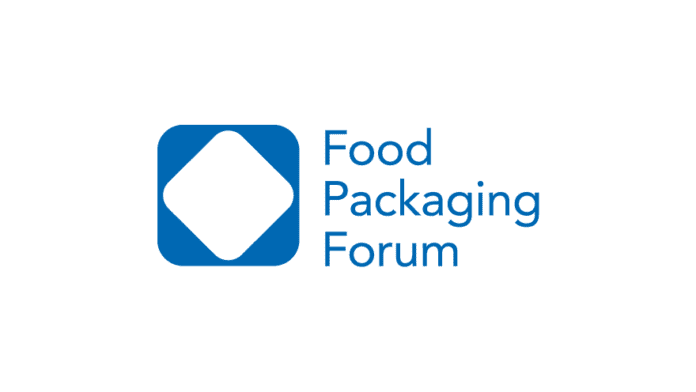Printing inks and adhesives are commonly used in food packaging, and the chemicals present in these materials have the potential to migrate into food products. Studies have shown that substances such as phthalates can transfer from adhesive labels to fruits and vegetables, raising concerns about the safety of these chemicals in food packaging. The Food Packaging Forum has reported on the identification of over 7000 substances used in printing inks and adhesives, with 636 of them classified as high priority due to health risks. Despite these findings, a comprehensive assessment of ink and adhesive chemicals in food is currently lacking.
In a recent study conducted by Bram Miserez and colleagues from Ciboris in Zwijnaarde, Belgium, 52 food samples were analyzed for the presence of 110 chemicals commonly used in printing inks and adhesives. Their research, published in the journal Food Chemistry on February 24, 2025, revealed that the majority of the samples tested positive for at least one of the target chemicals. Of particular concern was the detection of caprolactam, a known skin and eye irritant, in several samples at levels exceeding regulatory limits. Additionally, one sample contained 2-methyl-5-nitroaniline, a primary aromatic amine with suspected carcinogenic properties. Overall, 16 out of the 110 chemicals were found in the food samples, prompting the researchers to call for regular monitoring of printing ink and adhesive chemicals in food products.
To analyze the presence of these chemicals in food samples, Miserez and his team developed a method involving the extraction of compounds using acetonitrile or acetonitrile with acetic acid, followed by liquid and gas chromatography mass spectrometry-based analysis. The researchers purchased 52 food items packaged with adhesives and inks from supermarkets and online retailers in Belgium, including baby food, frozen vegetables, baked goods, and cheeses.
In Europe, regulations regarding printing inks used in food contact materials vary across countries. While there is no specific legislation at the European Union level, Switzerland has implemented a positive list for printing inks since 2010, which was updated most recently on January 1, 2025. This list includes over 5000 substances approved for use in printing inks, with only a few of them having undergone toxicological evaluation. In Germany, the Federal Council introduced the 21st Amendment to the Consumer Goods Ordinance in 2021, which regulates printing inks and varnishes that come into contact with food. This amendment includes a positive list of approximately 600 chemicals and has a phase-in period until the end of December 2026.
Overall, the findings of the study by Miserez and colleagues highlight the need for continued monitoring of printing ink and adhesive chemicals in food packaging to ensure consumer safety. As the use of these materials in food contact materials continues to raise concerns, regulatory bodies in Europe are taking steps to address the potential risks associated with these chemicals. Further research and regulatory action may be necessary to mitigate the health hazards posed by printing inks and adhesives in food packaging.




